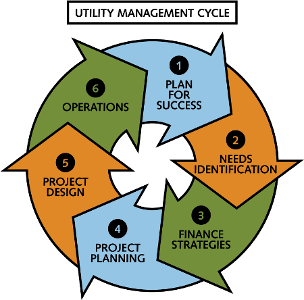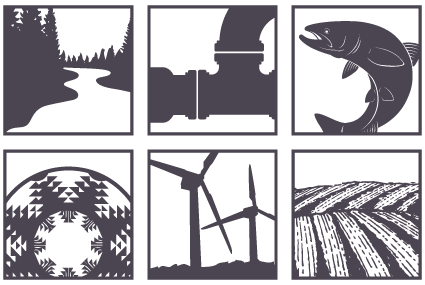AACE Cost Estimate Classification System
The AACE cost estimate classification system provides guidance for choosing methods for cost estimation based on project maturity and the associated need for accuracy. Table 2-1 is an excerpt from the AACE Cost Estimate Classification System document (AACE International, 2011). For more information, see the the full document available through the AACE International website (as of February 2020, the latest Revision is dated March 6, 2019; Document 18R-97).
The below Table defines the cost estimate classifications. Cost estimate classifications are defined by the level of accuracy they can produce and are a function of project maturity level and cost estimate method used to perform the estimate. The cost estimate accuracy determines the reasonable end-use for the estimate.
Table – Cost Estimate Classification Matrix for Process Industries
|
|
Primary Characteristic |
Secondary Characteristic |
|
ESTIMATE CLASS
|
MATURITY LEVEL OF PROJECT DEFINITION DELIVERABLES
Expressed as % of complete definition
|
END USAGE
Typical purpose of estimate
|
METHODOLOGY
Typical estimate method
|
EXPECTED ACCURACY RANGE
Typical variation in low and high ranges[a]
|
|
Class 5
|
0% to 2%
|
Concept screening
|
Capacity factored parametric models, judgement, or analogy
|
L: -20% to -50%
H: +30% to +100% |
|
Class 4
|
1% to 15%
|
Study or feasibility
|
Equipment factored or parametric models.
|
L: -15% to -30%
H: +20% to +50% |
|
Class 3
|
10% to 40%
|
Budget authorization or control
|
Semi-detailed unit costs with assembly level line items
|
L: -10% to -20%
H: +10% to +30% |
|
Class 2
|
30% to 75%
|
Control bid/tender
|
Detailed unit cost with forced detailed take-off
|
L: -5% to -15%
H: +5% to +20% |
| Class 1 |
65% to 100% |
Check estimate or bid/tender |
Detailed unit cost with detailed take-off |
L: -3% to 10%
H: +3% to +15%
|
Notes: [a] The state of process technology, availability of applicable reference cost data, and many other risks affect the range markedly. The +/- value represents typical percentage variation of actual costs from the cost estimate after application of contingency (typically at a 50% level of confidence) for given scope.
AACE International. (2011) Cost Estimate Classification System – As Applied in Engineering, Procurement, and Construction for the Process Industries. Document 18R-97. https://web.aacei.org/



